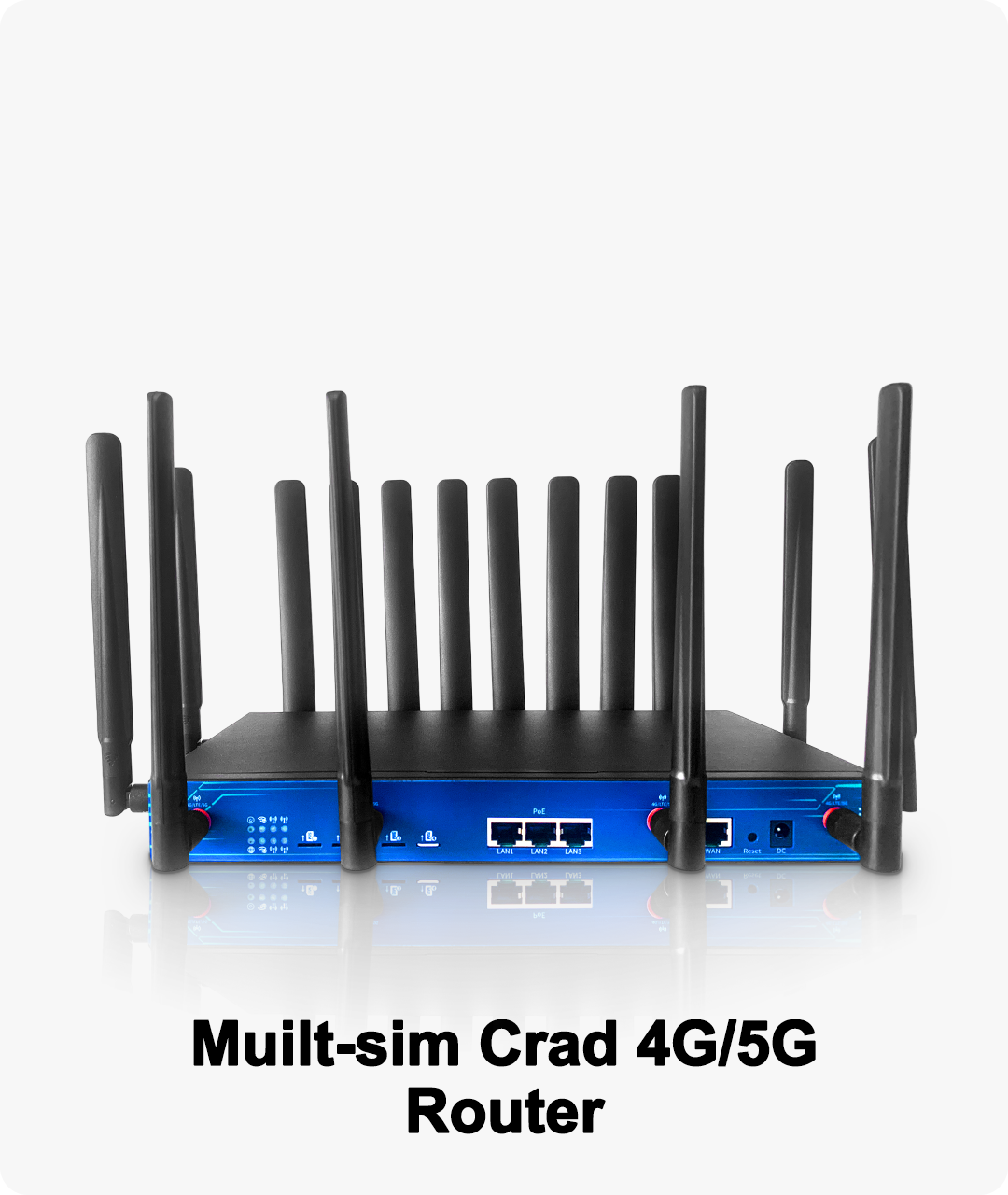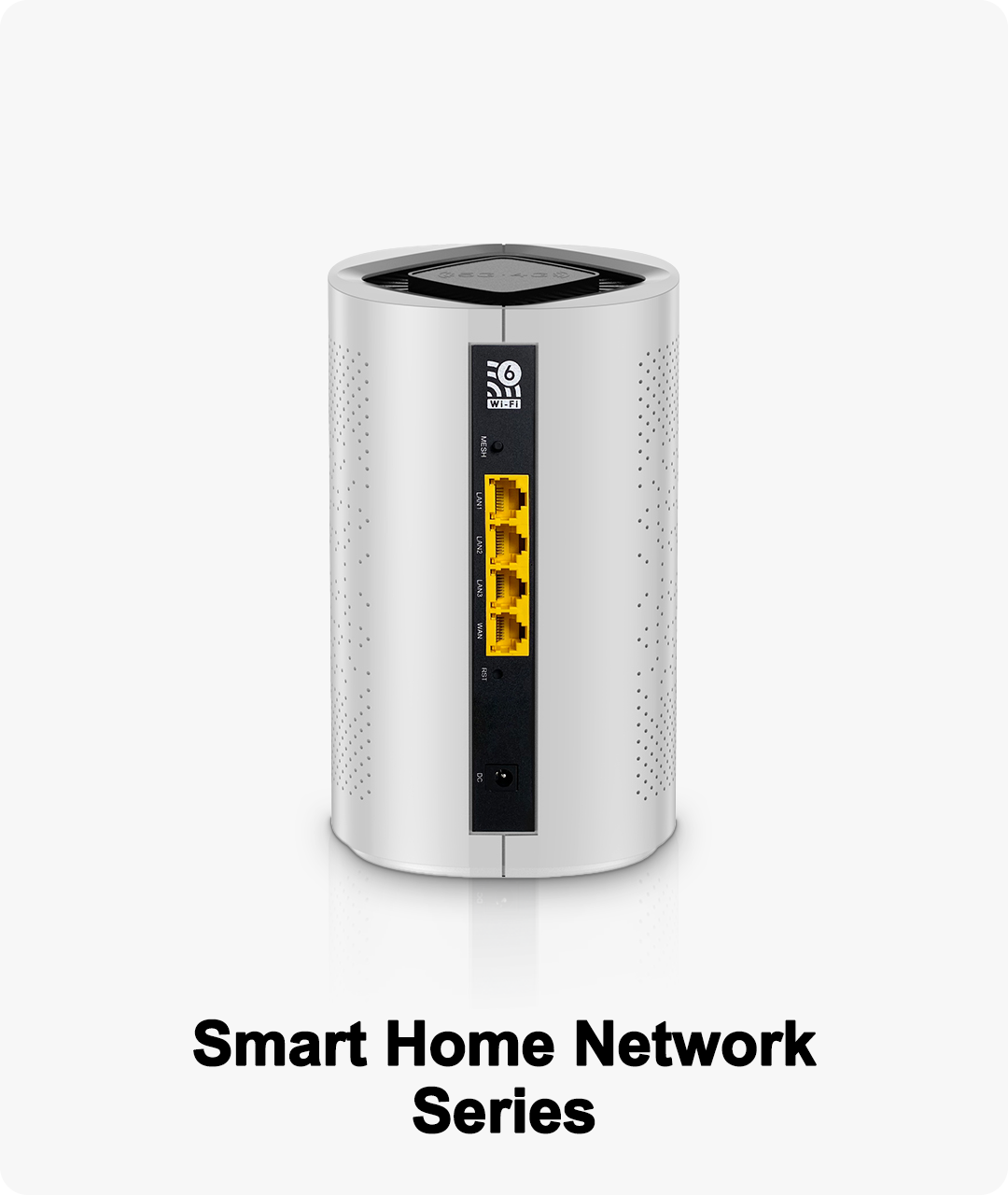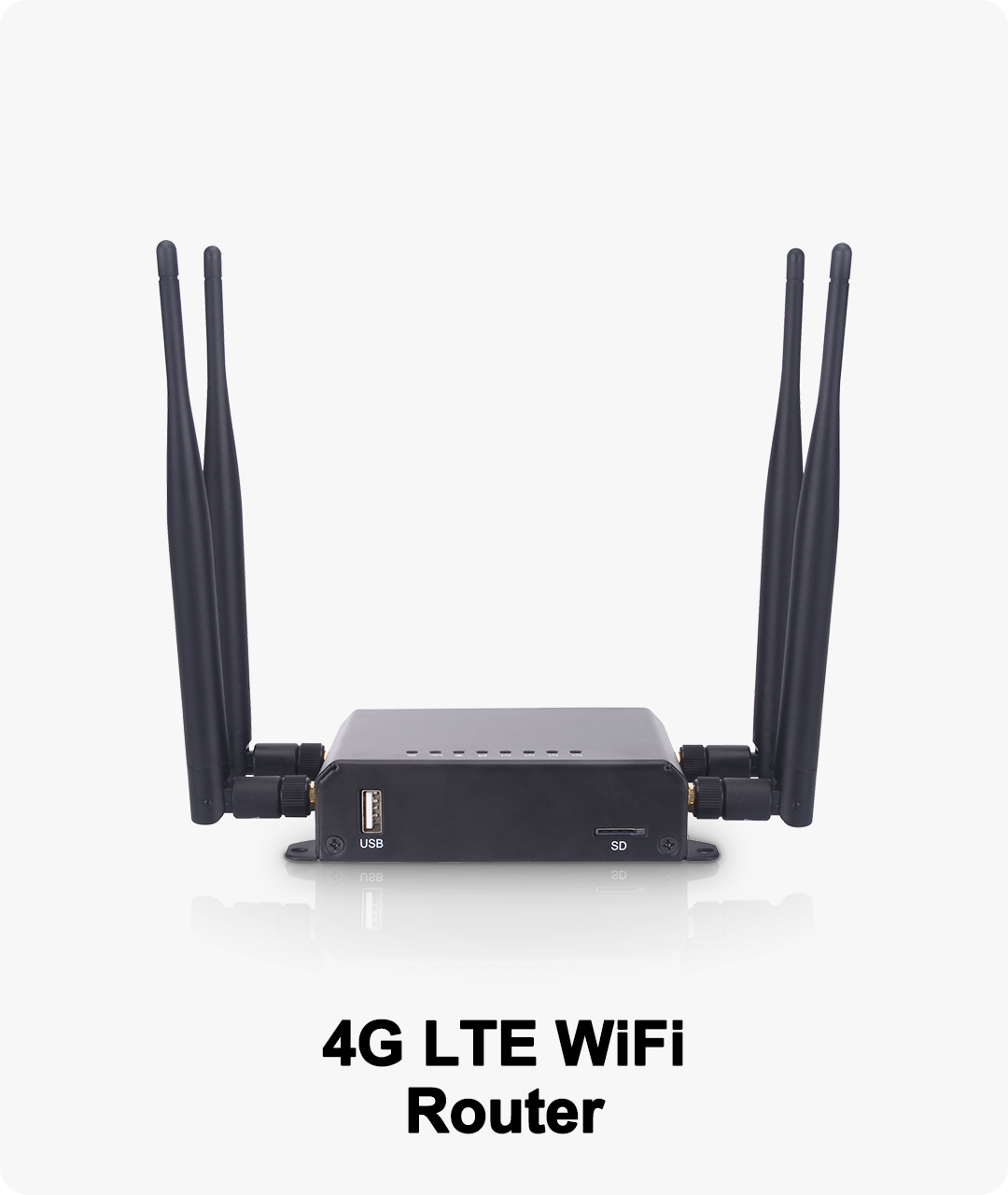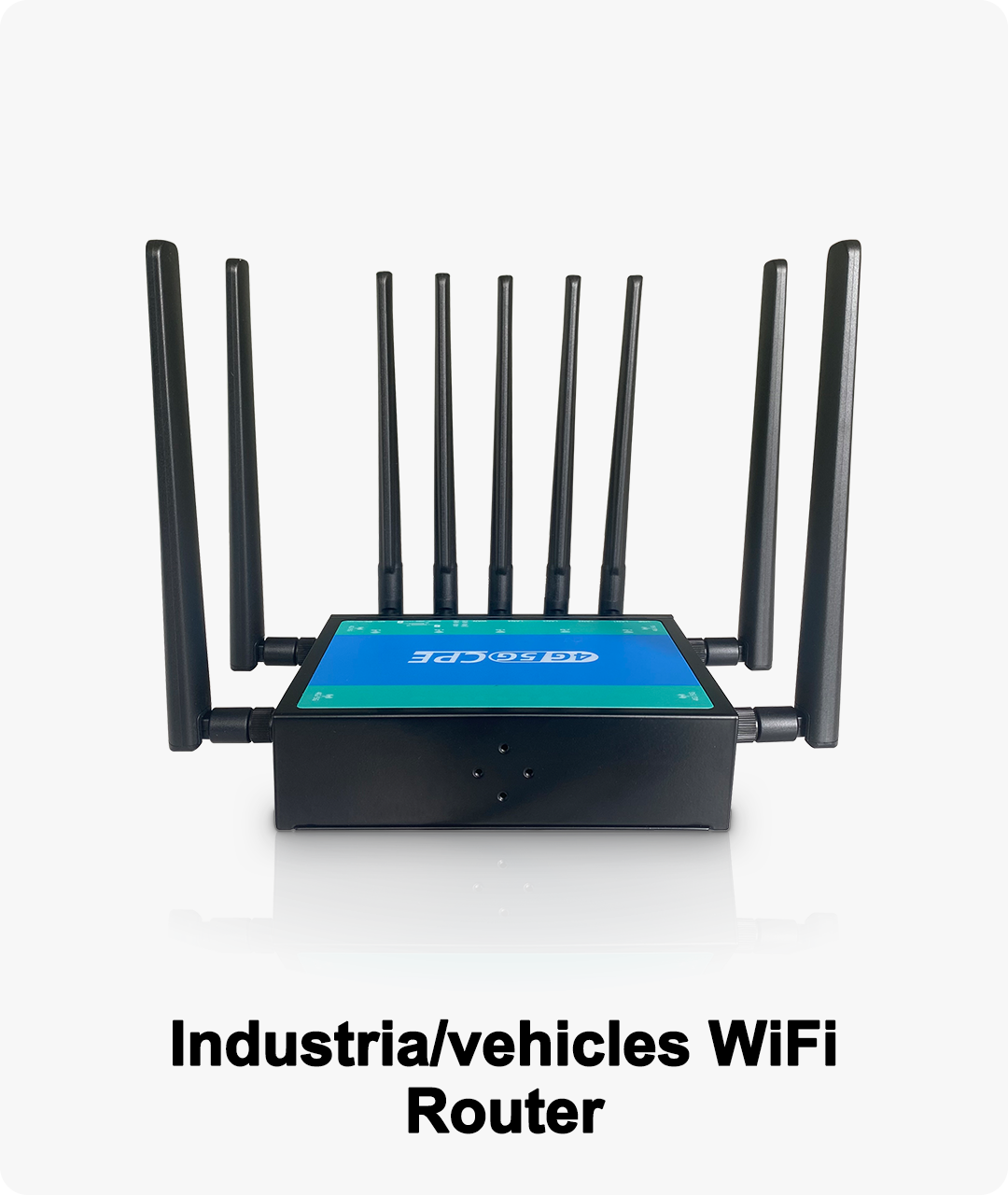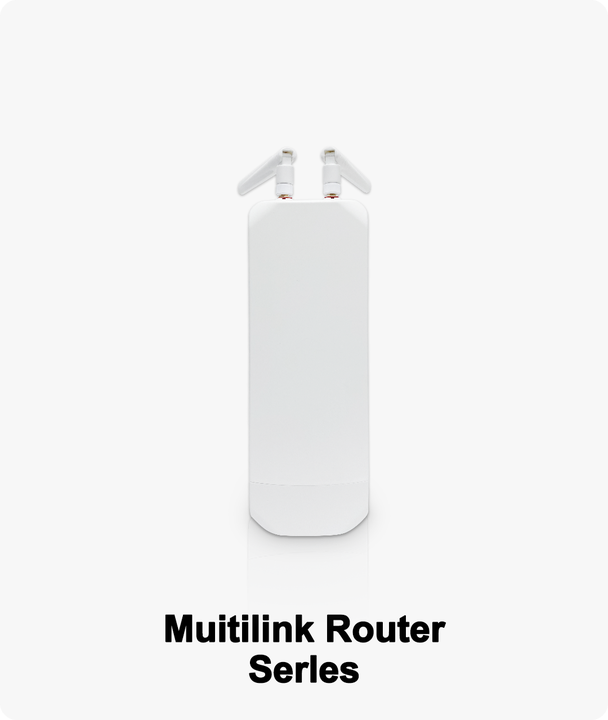D301, Building D, No. 54-6, Guanlan Avenue, Xinhe Community, Fucheng Street, Longhua District, Shenzhen ,China


4G Routers vs. Traditional Broadband
1. Connectivity and Installation
4G routers are “plug-and-play.” Simply insert a SIM card, power on, and connect to Wi-Fi. No technician or waiting required. Traditional broadband (DSL, cable, fiber) often needs professional installation, can be costly, and is available only where infrastructure exists.
For reference, BroadbandNow provides details on broadband installation processes.
2. Mobility and Flexibility
4G routers are portable—ideal for RVs, travel, events, or temporary offices. Wired broadband is stationary and fixed to a specific location.
3. Speed, Reliability, and Data Caps
Fiber and cable typically offer higher speeds and lower latency, making them best for streaming, gaming, or heavy workloads (CNET Internet Speed Guide).
4G speeds vary with signal and congestion; many 4G plans have data caps or throttling, while fiber plans are often unlimited.
4. Use Cases and Backup
4G routers excel as backups or in areas where broadband isn’t available. Businesses use them for failover internet, and rural homeowners use them as primary access.
Conclusion
Choose 4G routers for flexibility and instant connectivity. Choose traditional broadband for maximum speed, stability, and unlimited data.






